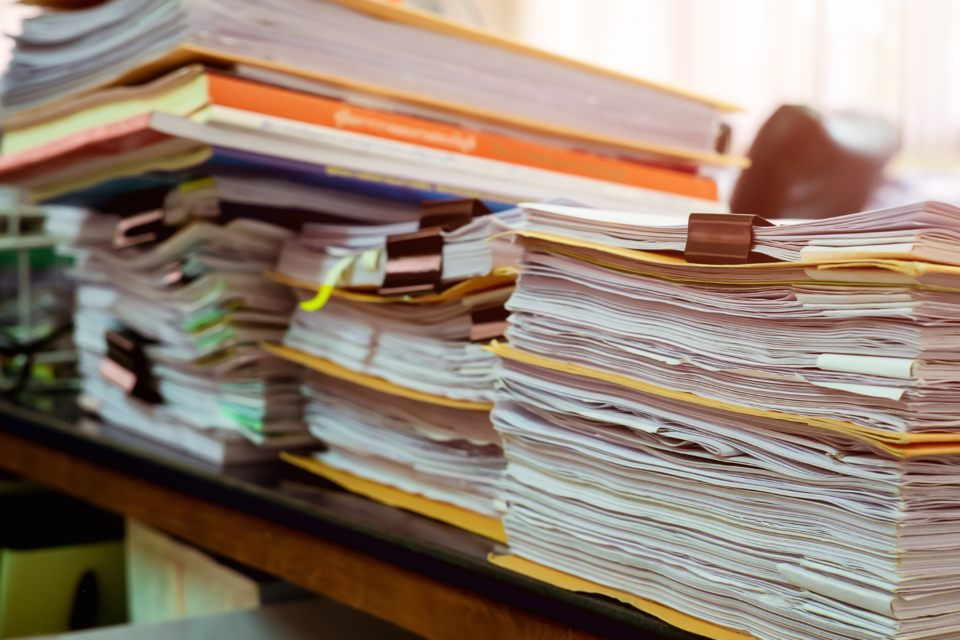Government Digitization Means Less Waste, Better Access

When Americans attempt to access federal government services, such as registering for a social security card to applying for a passport, they are by and large dependent on utilizing one or more of the 9,858 unique government forms to process their request. This is common across all federal agencies regardless of how simple or complex the request. And that’s only at the federal level, government services at both the state and local level are also heavily reliant on paper-based processes.
Intuitively, Americans know that engaging with government is often a paperwork nightmare. To find out how bad the problem is and what can be done about it, the Chamber’s Technology Engagement Center (C_TEC) recently published a report, Government Digitization: Transforming Government to Better Serve Americans, examining the economic cost of the government’s digital lag behind the private sector.
By the numbers:
Our report demonstrates just how resource intensive the government’s reliance on paper is to Americans.
- $117 billion – the cost to Americans of using paper forms
- 10.5 billion hours – the amount of time spent by the public on paper forms
- 8 months – the average time it took for the IRS to process paper-based taxes
- $1 trillion – the amount of money that could be generated worldwide annually with widespread government digitization
Why it matters:
Digitization will enable government agencies to cut costs, increase efficiency, and reduce waste. Congress must know that digital modernization is a priority for the American people and that they must act to improve access to government services online.
Our take:
Today, consumers are used to interfacing with businesses for the products and services they need almost entirely online. It only makes sense that in the 21st century, government meets citizens where they are when it comes to accessing vital services.
“Increased government digitization doesn’t just mean saved time and money, it also means providing greater accountability and access to underserved communities when it comes to utilizing government services,” U.S. Chamber Technology Engagement Center (C_TEC) Vice President Jordan Crenshaw said.
Fixing the problem:
There’s simple things Congress and federal agencies can do to increase digitization of government services:
- Congress should use its oversight authority to determine current impediments to agencies’ effective modernization. Where current constraints lie, Congress should direct necessary funding for modernization.
- Congress should review and analyze all potential ways to fund needed IT Modernization, such as developing capital working funds at agencies for the specific use of IT modernization.
- Congress should look to continue to appropriate necessary funding to the Technology Modernization Fund (TMF) to assist in updating outdated and inefficient IT systems.
- Federal Agencies that administer funding for IT Modernization to state and local governments should develop communication campaigns to educate localities about available funding opportunities like those in the American Rescue Plan.


